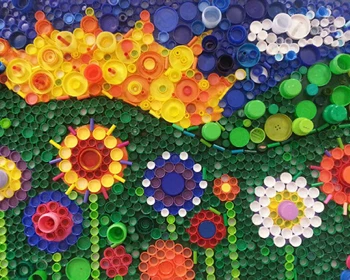In the contemporary discourse about environmental preservation, Styrofoam, also known as polystyrene foam, has gained particular notoriety. And for good reasons. Styrofoam waste not only occupies an extensive space in our landfills but also persists for hundreds, if not thousands of years before it fully decomposes. This has led several municipalities to rethink their relationship with this pervasive material.
Cities like Minneapolis and Seattle have led the charge against Styrofoam by banning to-go containers made of polystyrene foam. These actions are part of larger, comprehensive sustainability plans aimed at reducing the environmental impact of waste. They reflect a growing understanding that every action, no matter how small, contributes to the larger goal of environmental preservation.
Styrofoam is undeniably a versatile material – lightweight, good for insulation, and cost-effective, which makes it attractive for various industries, particularly food service. However, these benefits are overshadowed by the long-term environmental implications. Its non-biodegradable nature and difficulty in recycling make Styrofoam a significant environmental burden.
The decision to ban Styrofoam in Minneapolis and Seattle wasn’t taken lightly, and it is not without its challenges. Restaurants and other food service providers have had to find suitable alternatives for their to-go containers. The process can be costly and time-consuming, but many businesses are finding that customers are supportive of their efforts to transition to more sustainable packaging options.
Admittedly, the complete elimination of Styrofoam is not going to happen overnight. Despite these bold moves by some cities, Styrofoam is still prevalent, and the industries reliant on it will require time to adapt to more eco-friendly alternatives. However, the fact that these cities are taking definitive steps to limit its use is a positive sign.
Beyond city ordinances, there are other positive signs of change on the horizon. For example, a growing number of companies are investing in research and development to create biodegradable and compostable alternatives to Styrofoam. In the meanwhile, there are also promising innovations for recycling Styrofoam, turning it into other useful products rather than letting it sit in landfills.
It is crucial to remember that these changes are a collective effort. Every stakeholder, from the policymakers and businesses to the consumers, plays a vital role in this transition. By choosing businesses that use eco-friendly packaging and by supporting policies that limit Styrofoam use, we can help accelerate this change.
In conclusion, while Styrofoam may not be on its immediate way out, there’s a clear shift in perception and policy that indicates its days are numbered. Through innovative thinking, sustainable policies, and collective action, we are making strides towards a future where Styrofoam’s presence in our lives and landfills is drastically reduced. And we must agree, every little bit truly makes the job easier.


